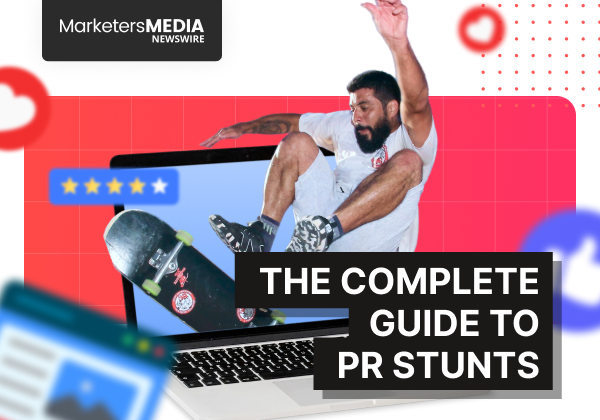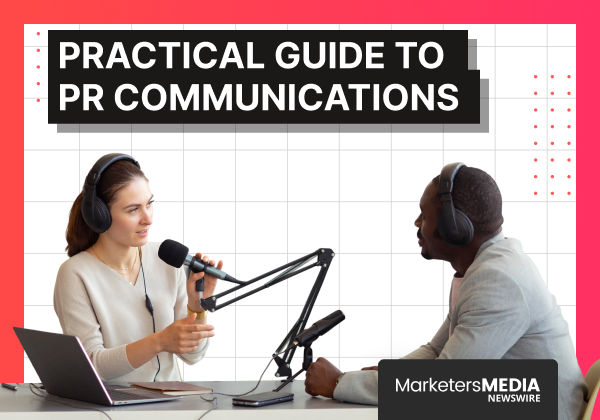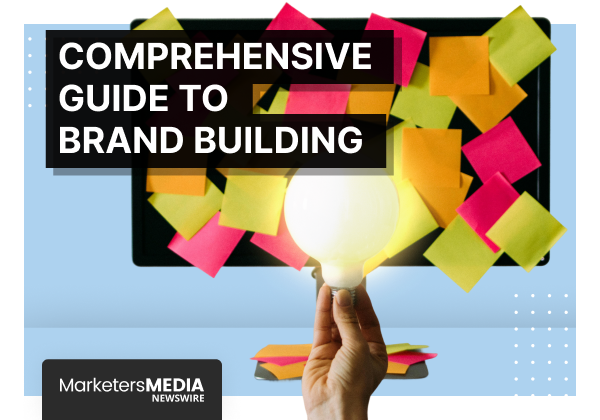Every so often, a brand pulls off something so bold it dominates headlines worldwide.
When Felix Baumgartner jumped from space or Samsung renamed a train station to upstage Apple, these weren't lucky breaks.
They were calculated moves that generated billions in media coverage.
This guide explains how PR stunts work—from definition and strategy to execution, risks, and real-world examples.
What Are PR Stunts
A PR stunt, also known as a publicity stunt, is a planned event designed to generate media coverage and spark public conversation.
Unlike advertising, which pay for exposure, PR stunts earn attention by creating stories journalists want to cover and audiences want to share.
In a world where people are exposed to 6,000 to 10,000 ads each day, stunts stand out by offering something genuine to report.
The most effective campaigns appear effortless, but behind the scenes they require months of planning, legal approvals, and calculated risk management.
Why Publicity Stunts Matter
Traditional advertising is costly and often ignored. By contrast, a creative stunt can cut through indifference and win attention at a fraction of the cost.
A 2023 PR Week survey found that small companies generated millions of impressions with stunts costing under $2,000, achieving an average ROI of 150%.
Beyond cost savings, stunts deliver unique advantages:
- Human connection: Brands can show personality and build emotional bonds.
- Narrative control: Instead of fighting for ad space, brands set the agenda with stories worth covering.
- Viral potential: Shareable moments spread quickly across platforms, multiplying reach without extra spend.
- Credibility: Earned media carries more trust than paid promotion.
When Red Bull sent Felix Baumgartner to space, they weren't just selling energy drinks. They were selling the idea that Red Bull drinkers push boundaries and attempt the impossible.
That kind of brand association is worth more than any Super Bowl commercial.
Types of PR Stunts
Experiential Stunts
Immersive experiences that let audiences interact with the brand. Example: IKEA invited 100 Facebook fans to a sleepover in-store, generating wide media coverage while showcasing products naturally.
Technology-Driven Stunts
Campaigns that use digital tools or platforms in unexpected ways. Example: Burger King’s “Whopper Detour” sold Whoppers for one cent when ordered via its app near McDonald’s.
how do you order a Whopper sandwich for a penny “at” McDonald’s? here’s how. #WhopperDetourhttps://t.co/lAgbGO0bL0pic.twitter.com/ANXIy6Yu9I
— Burger King (@BurgerKing)December 4, 2018
Cause-Related Stunts
Events linked to social issues or charity. Example: The ALS Ice Bucket Challenge encouraged millions to participate while raising funds and awareness.
Pop Culture Stunts
These tap into current trends and conversations. Example: Deadpool appeared on Tinder, matching the film’s irreverent tone with a surprising placement.
Product-Centric Stunts
Turning product perceptions into opportunities. Example: When fans joked that Xbox Series X looked like a fridge, Microsoft sent real Xbox fridges to influencers.
Interactive Challenge Stunts
These encourage ongoing user participation. Example: Oreo's "Daily Twist" campaign created 100 unique cookie designs tied to cultural events, driving daily engagement for over three months.
Each type serves different objectives, from brand awareness to product launches to reputation management.
What Makes a Successful PR Stunt
Not every stunt captures attention or leaves a positive impression. The most successful ones share a few common traits:
- Brand alignment: The stunt should reflect the brand’s personality and values.
- Strong visuals: Striking imagery makes it easy for media to cover and for audiences to share.
- Clear objectives: Every stunt should tie back to measurable goals, not just attention.
- Audience insight: Concepts must connect with the interests and emotions of the intended audience.
- Timing and relevance: Stunts linked to cultural moments or trending conversations gain extra traction.
- Shareability: Designed to spread naturally across social platforms.
- Authenticity: Campaigns that feel genuine resonate far better than obvious publicity grabs.
The most effective stunts blend several of these elements, creating moments that deliver both attention and lasting brand impact.
Risks of Publicity Stunts
While stunts can deliver massive rewards, they carry real risks if poorly executed:
- Reputational damage: Campaigns seen as insensitive or tone-deaf can spark backlash (e.g., Pepsi’s Kendall Jenner ad).
- Legal issues: Public events often require permits, insurance, and safety clearances; skipping these can lead to fines or lawsuits.
- Message confusion: If the stunt overshadows the brand, audiences may remember the moment but not the company behind it.
- Audience misjudgment: Misreading demand or sentiment can backfire, as with Build-A-Bear’s overcrowded “Pay Your Age” promotion.
- Crisis escalation: Social media can turn small problems into viral controversies within hours.
- Budget overruns: Hidden costs—insurance, logistics, or safety measures—can quickly inflate expenses.
- Timing conflicts: External events or breaking news can make even the best-planned stunt feel inappropriate.
Thorough planning, risk assessment, and crisis management strategies are essential to protect the brand.
How to Create a PR Stunt
With the risks in mind, the next step is understanding how to design and execute a stunt effectively.
Phase 1: Foundation Setting
This involves defining specific, measurable outcomes beyond "getting attention."
Examples: increase brand awareness by 25%, generate 1,000 qualified leads, or shift brand perception scores by 15 points.
Pair this with research into your audience’s media habits, cultural interests, and current conversations to guide creative direction.
Phase 2: Concept Development
Brainstorm ideas that fit your brand and resonate with your audience. The best stunts are bold yet authentic.
Stress-test concepts with diverse internal teams and trusted external advisors to identify potential blind spots or cultural sensitivities.
Phase 3: Feasibility and Legal Planning
This requires evaluating logistical requirements: permits, insurance, venue access, weather contingencies, and safety protocols.
Create detailed project timelines with buffer time for unexpected complications. Confirm legal clearances before announcing anything to prevent delays or compliance issues.
Phase 4: Production and Distribution
Design the stunt with shareability in mind. High-quality visuals, professional photography, and video assets boost media pickup.
Prepare press releases, media kits, and social assets so journalists and influencers can spread the story easily.
Phase 5: Execution and Amplification
Coordinate every detail—timing, logistics, and real-time monitoring. Be ready to adapt quickly if circumstances shift. Once live, amplify through your owned channels, influencers, and media partners.
Finally, measure performance against your original KPIs to prove ROI and capture lessons for the next campaign.
Examples of Successful PR Stunts
Red Bull Stratos (2012)
Felix Baumgartner’s freefall from the edge of space attracted 52 million live viewers and over $6 billion in earned media value. The stunt reinforced Red Bull’s identity as a brand tied to extreme sports and pushing limits.
Samsung TRX Station Takeover (2024)
Samsung went beyond a stunt—they bought naming rights to Kuala Lumpur’s TRX MRT interchange and rebranded it as "TRX Samsung Galaxy Station."
The entire station, including trains and escalators, was wrapped in Galaxy S24 and Galaxy AI advertising. Commuters encountered interactive kiosks and could redeem RM5 Touch ‘n Go credit via Samsung Members.
With Apple’s new store just above it, this immersive takeover turned daily transit into a competitive branding moment.
Duolingo "Death of Duo" (2025)
The language app announced its mascot had “died,” then gamified bringing him back through user engagement. The stunt sparked viral participation, boosted app activity, and showcased Duolingo’s irreverent brand voice.
We’ve heard from authorities the best way to channel your grief and unlock more about the investigation is to do your lesson.
Together, if we really try, we can bring Duo back. #RipDuo pic.twitter.com/nkEG840EHN— Duolingo (@duolingo) February 12, 2025
Apple TV+ x Erewhon (2025)
Fans of Severance had to whisper “The work is mysterious and important” to get a themed Lumon drink at Erewhon stores. The interactive stunt blended pop culture with exclusivity, rewarding fans and generating social buzz.
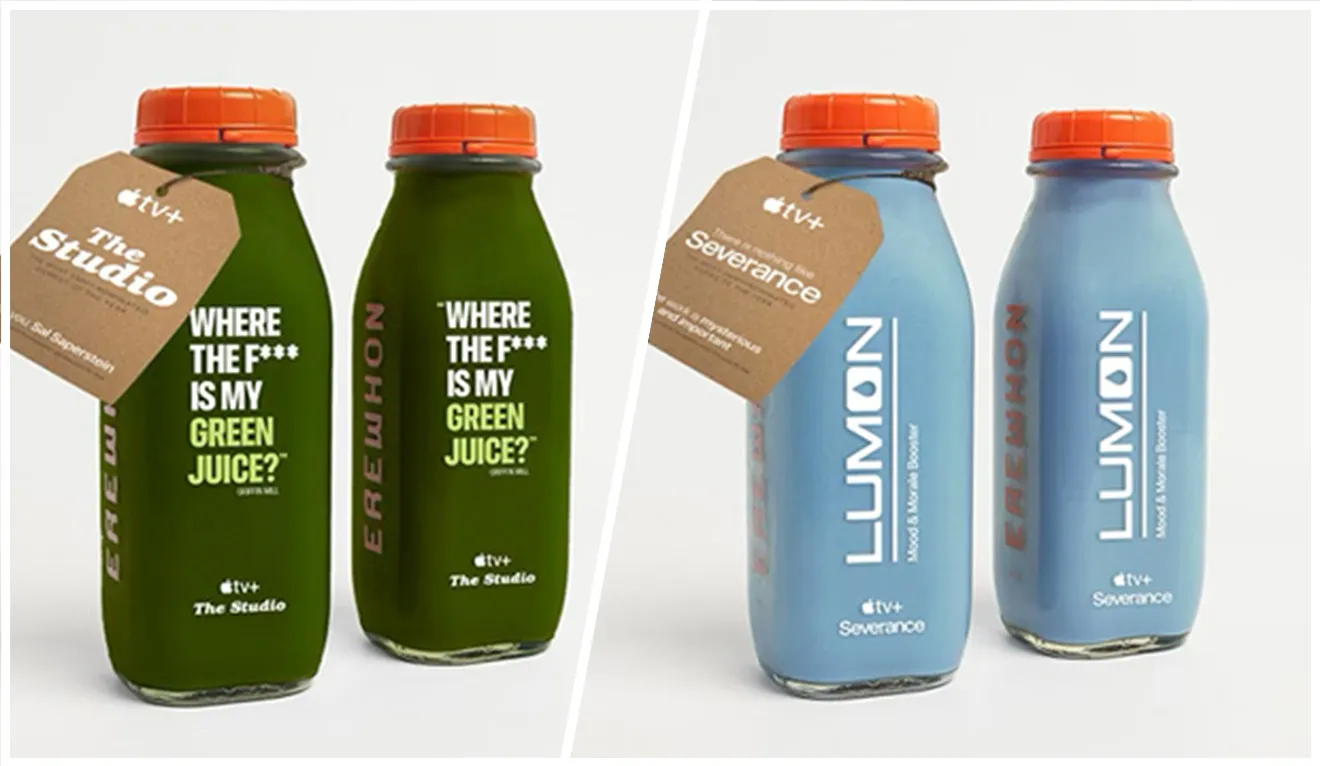
KFC’s Chicken-Scented Fire Logs (2019)
KFC released holiday fire logs that smelled like fried chicken. The quirky product extension generated widespread media coverage, sold out within hours, and proved that absurd ideas can spark both attention and sales.
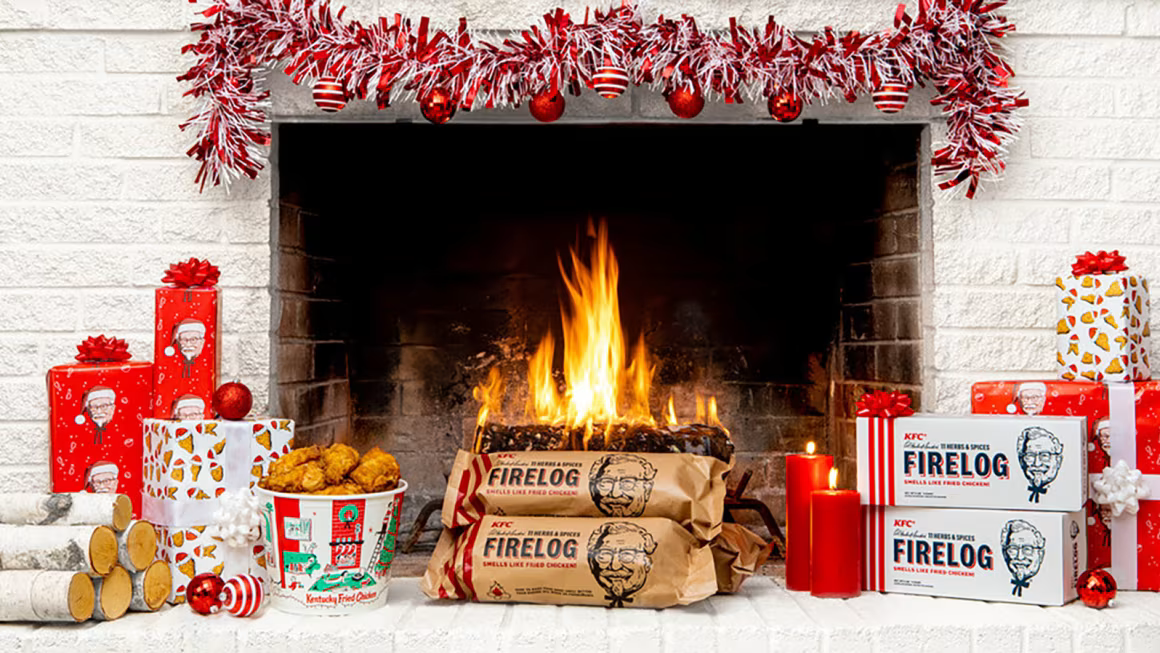
Cluely AI’s Times Square “Anti-Ad” (2025)
AI startup Cluely ran a plain-text billboard reading, “hi i’m roy, this was very expensive, pls buy my thing.” The blunt approach went viral by mocking the cost of advertising itself, showing how self-awareness can drive attention for a small brand.
we r live in times square https://t.co/YcdFYaucGe— Roy (@im_roy_lee) August 9, 2025
These cases highlight how stunts can range from high-budget spectacles to simple, low-cost ideas, yet all share the same goal—turning a brand into the story everyone is talking about.
The Future of PR Stunts
PR stunts continue evolving with technology and changing media consumption habits. Key trends shaping the next wave include:
- Digital-first design: Campaigns are now built for social media first, with traditional media as secondary.
- AI and personalization: Data-driven insights will enable hyper-targeted, audience-specific stunts.
- Virtual and augmented reality: Immersive technologies expand creative possibilities and reach global audiences.
- Sustainability focus: Eco-conscious campaigns will resonate more as consumers demand responsibility.
- Micro-stunts and series: Instead of one-off spectacles, brands will build momentum with smaller, ongoing campaigns.
- Platform-specific execution: ach platform requires its own approach—what works on TikTok will differ from LinkedIn or Instagram.
- Real-time adaptation: With fast news cycles, brands must be ready to modify or cancel stunts based on shifting public sentiment.
The brands that adapt to these dynamics while staying authentic and strategic will be best positioned to capture attention in the years ahead.
Wrapping It Up
PR stunts represent one of marketing's highest-risk, highest-reward strategies. Done right, they can transform unknown brands into household names or reinvigorate established companies.
The key lies in strategic planning, authentic execution, and careful risk management. Remember: the goal isn't just attention – it's meaningful attention that drives business results.
If you're planning a PR stunt and need media distribution to amplify your message, MarketersMEDIA Newswire can help your story reach the right media and publications for maximum impact. Contact us to learn more.
Frequently Asked Questions (FAQ)
Q: What is the fundamental difference between a PR stunt and general publicity?
A: A PR stunt is a planned event meticulously designed to get a specific type of media coverage and create an instant spike in earned media. General publicity, in contrast, is any action or event that simply gets a brand noticed.
Q: What is the "Authenticity Paradox" in PR stunts?
A: The Authenticity Paradox is the central tension between the need for a stunt to feel "authentic" and the public's perception that a pre-planned, staged event is inherently inauthentic. Failures often result from a perceived "lack of authenticity" or a "tone-deaf" message.
Q: Do I need to hire a PR stunt agency?
A: Not necessarily. Small brands have successfully executed stunts in-house with careful planning. However, agencies bring expertise in risk management, media relationships, legal compliance, and crisis response. Consider hiring professionals if your stunt involves complex logistics, significant legal requirements, or if your brand can't afford reputational damage from mistakes.
Q: What are the ethical considerations when planning a PR stunt?
A: Ensure your stunt is culturally sensitive and doesn't trivialize social issues. Avoid manipulation or deception that could damage trust. Be transparent about your intentions, respect public space and consent, and consider the potential impact on vulnerable communities. The stunt should feel authentic to your brand values rather than exploitative or offensive.
Q: Why is the creation of visual content critical to a modern PR stunt's success?
A: Modern stunts must be "visually compelling" and "Instagram-worthy" because the success of the campaign is intrinsically linked to its ability to become a shareable, reusable visual asset for digital platforms. Content with compelling visuals receives 94% more views and social shares than text-only content, which drives earned media reach.
Free Press Release Template
Tell us where to send your PDF:
